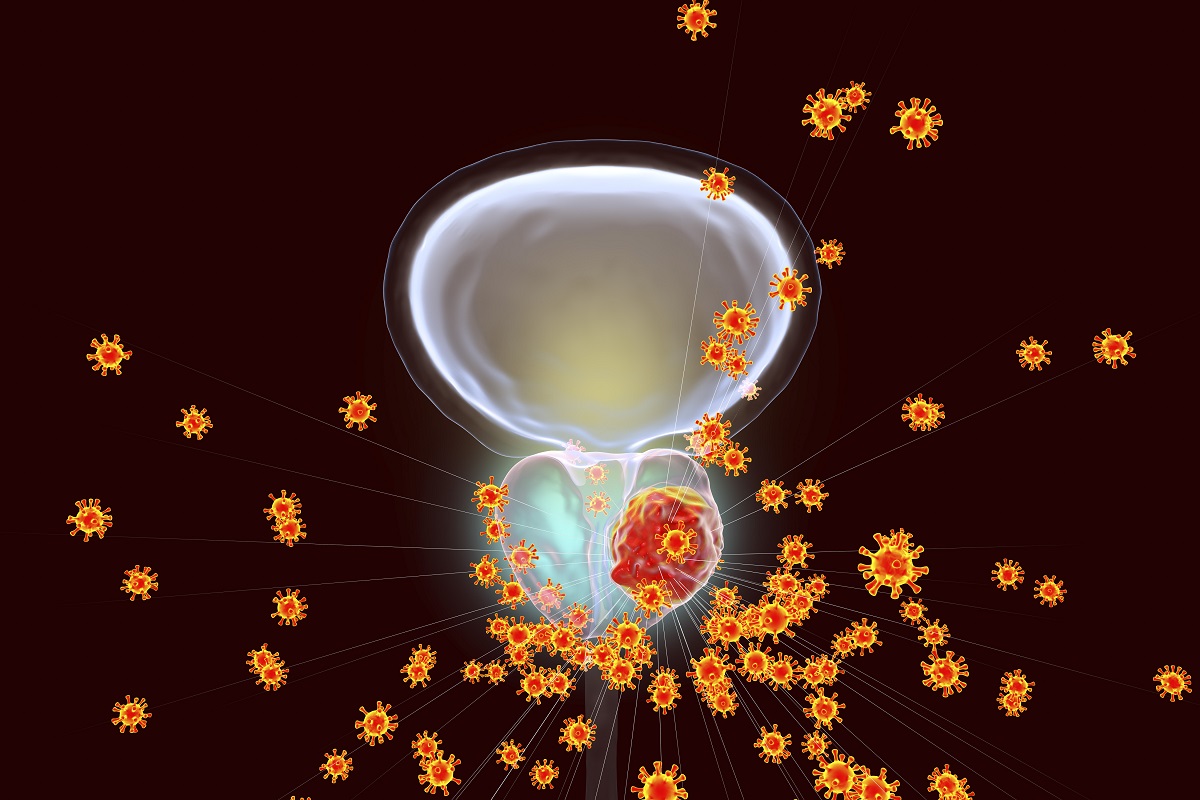KEY TAKEAWAYS
- The HERO phase III trial aimed to compare clinical features and cardiovascular risks of leuprolide vs. relugolix for advanced prostate cancer treatment.
- The result demonstrated similar MACE rates in relugolix, suggesting its potential for shorter treatments in younger prostate cancer patients seeking rapid testosterone recovery.
Prostate cancer treatment relied on leuprolide injections until 2020, when relugolix arrived as the first oral option. Studies suggest this might lead to faster testosterone recovery and fewer heart risks. So, for a study, researchers aimed to compare clinical features and cardiovascular risks of leuprolide vs. relugolix for advanced prostate cancer treatment.
The Northwestern Electronic Data Warehouse was utilized to identify men diagnosed with prostate cancer and prescribed either leuprolide between January 2018 and July 2022 or relugolix between December 2020 and July 2022. Those prescribed leuprolide were categorized into pre-relugolix (January 2018-November 2020) and post-relugolix eras (December 2020-July 2022).
Baseline characteristics were collected, the Charlson Comorbidity Index (CCI), and cardiac outcomes post-androgen deprivation therapy ADT(darolutamide, enzalutamide, apalutamide, abiraterone, docetaxel, cabazitaxel) initiation. Major adverse cardiac events (MACEs) included non-fatal myocardial infarction (MI), non-fatal stroke, and all-cause mortality.
Concurrent ADT use involves prescribing other ADT forms during the same period. Statistical analyses employed one-way ANOVA, t-test, Chi-square, and Fisher’s exact test, with significance set at p<0.05. Bonferroni correction adjusted for pairwise comparisons (P<0.025).
About 403 men received either leuprolide (225 in the pre-relugolix era, 178 in the post-relugolix era) or relugolix (n=229) at our institution. Most patients (73%) had at least one cardiovascular disease risk factor before starting therapy. Patients on relugolix were generally younger, had fewer comorbidities, and were less likely to have metastatic disease.
After initiating androgen deprivation therapy (ADT), researchers observed 75 major adverse cardiac events (MACEs). Specifically, 44 MACEs occurred in the pre-relugolix leuprolide cohort, 15 in the post-relugolix leuprolide cohort, and 16 in the relugolix cohort. The incidence rates of major adverse cardiac events were 19.5%, 8.4%, and 7.0%.
The most common events were deaths (n=52), followed by cerebral infarctions (n=10), transient ischemic attacks (n=9), and acute myocardial infarctions (n=4). Among the deaths, 3 were due to cardiac arrest for both the pre-relugolix and relugolix cohorts, while none occurred in the post-relugolix leuprolide cohort.
The result demonstrated similar MACE rates in relugolix, suggesting its potential for shorter treatments in younger prostate cancer patients seeking rapid testosterone recovery.
Source: https://suo-abstracts.secure-platform.com/a/gallery/rounds/18/details/3111
Clinical Trial: https://clinicaltrials.gov/study/NCT03085095
Ho AY, Shah P, Li EV, Bennet IV R, Aguiar J, Kumar S, Suk-ouichai C, Neill C, Patel HD, Schaeffer EM, Sachdev S, Ross AE. Characteristics and Non-Oncological Outcomes of Patients with Advanced Prostate Cancer Treated with Leuprolide or Relugolix. Poster #173. SUO 24th Annual Meeting.



